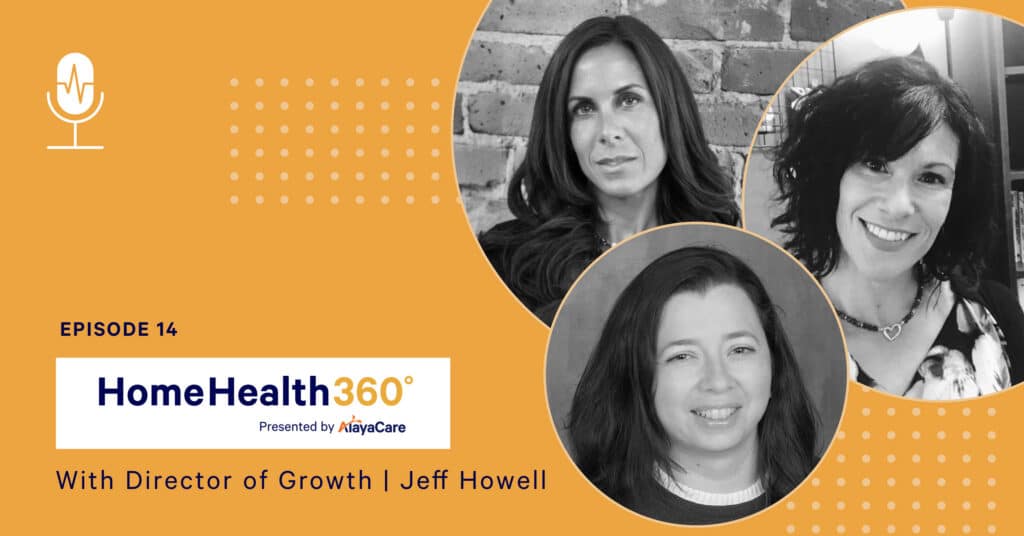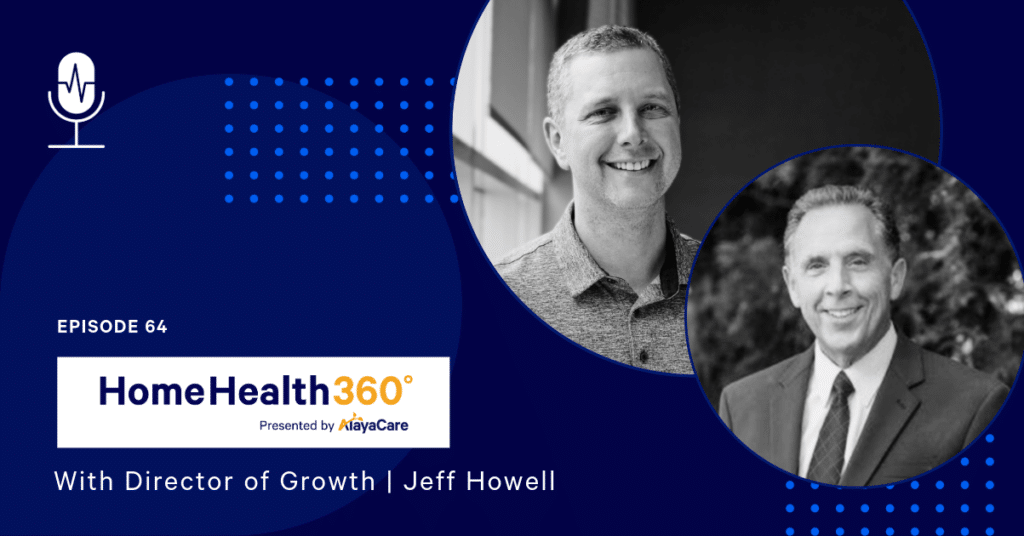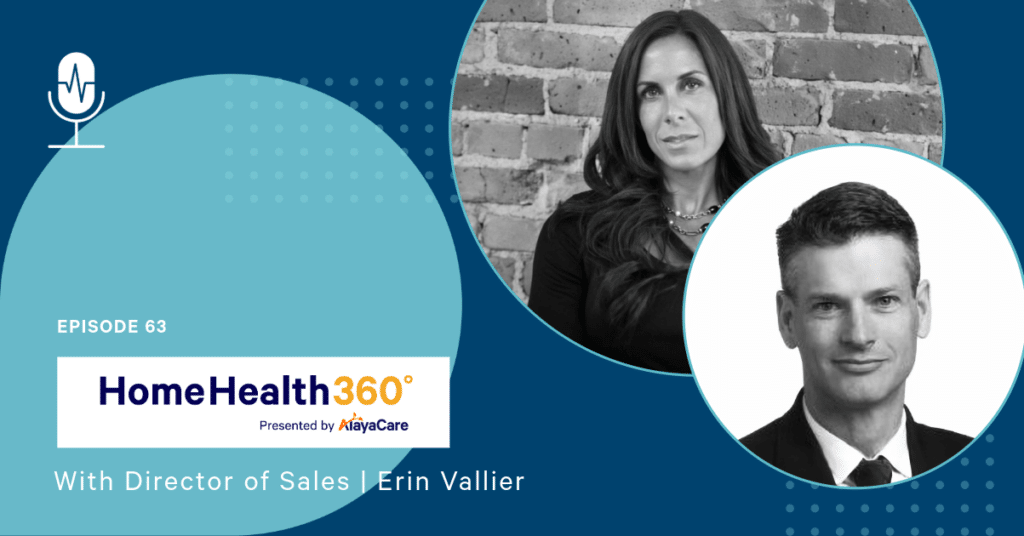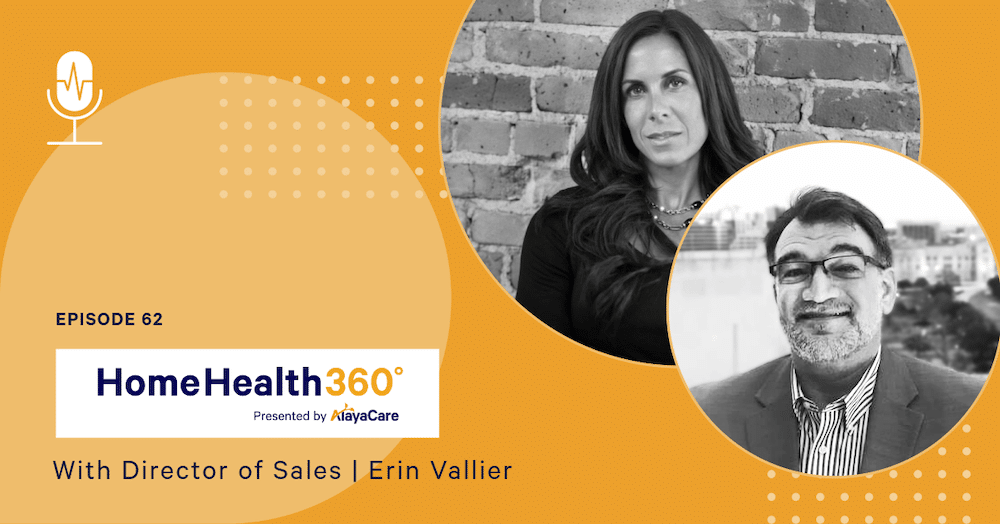Episode Description
In this episode, our guest host, Erin Vallier sits down with Lourdes Wiley, Clinical Educator and Nurse Consultant, and Irina Gorovaya, Home Health Consultant, Educator, and Founder of Amity Healthcare Group.
Lourdes and Irina dive into the importance of staff training and competency programs in home health agencies. Specifically, how to change the common negative perceptions of competency programs with home health staff, what obstacles that agencies face when facilitating competency programs, and whether or not agencies should be outsourcing these programs.



